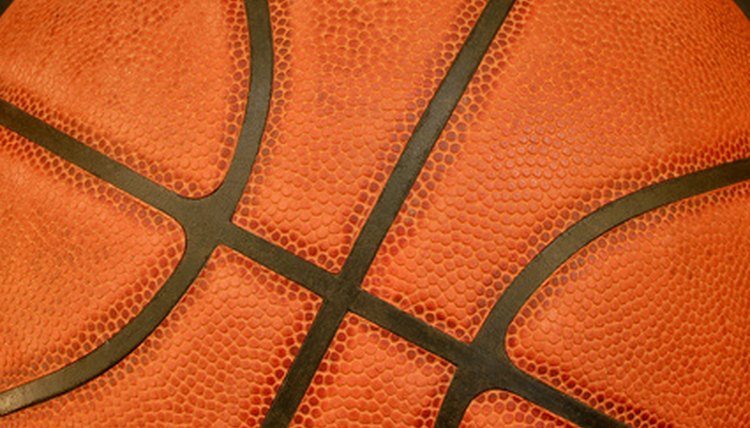Misunderstood Basketball Rules

It happens in nearly every game. One team's coach wants a traveling call, and the other coach wants a foul—but the referees don’t call anything. Some basketball rules are simple, but others are misunderstood, leaving fans, players and coaches scratching their head at some of the decisions referees make when they blow, or don’t blow, the whistle. Getting to know some of the more misunderstood basketball rules can help you become a better player, coach or referee.
Rule Regarding Traveling
Even though it’s a common rule, traveling is still by and large misunderstood in the basketball world. Many players and coaches think of traveling as taking a certain number of steps when, in reality, traveling is defined by the pivot foot. By rule, you may establish a pivot foot in order to turn and maneuver while holding the ball. If you are running or dribbling, and you pick up or catch the ball with one or both feet off the floor, the first foot to touch the floor is automatically the pivot foot. When you catch the ball with both feet on the floor, you can choose which foot to be the pivot foot. Traveling occurs when you lift the pivot foot from the floor and return it to the floor without passing or shooting the basketball.
Rule Regarding an Airball
Another misunderstood rule regards what you can do if you shoot the ball and miss the rim and backboard completely—known as an airball. Many people think that if you catch the ball after an airball and no one else has touched it, you’ve committed a violation. But according to the rules of basketball, if the official believes that the ball was released on a legitimate shot attempt, there is no player or team control while the ball is in the air. If there is no player control, you can’t commit a violation such as a travel or illegal dribble. As long as you are legitimately taking a shot when you miss the rim and backboard, you’re fully entitled to grab the ball before it hits the ground.
3-Second Rule
Coaches are constantly screaming for referees to call 3 seconds on offensive players who are “camped out” in the lane. But most coaches don’t understand the nuances of the 3-second rule. First, the 3-second rule only comes into effect when the ball crosses the half court line. An offensive player can be in the lane for as long as he wants as long as the ball hasn’t crossed half court. Once it does, the count begins. Also, officials are allowed to give leeway to a player who is attempting to leave the lane even after the 3-second count is over, as well as to players who have the ball and are making a move to shoot the basketball. In addition, once a shot is released, the 3-second rule no longer applies until the offensive team gains control of the basketball again.
References
Writer Bio
James Patterson specializes in health and wellness topics, having written and produced material for the National Institutes of Health, the President's Cancer Panel and an Inc. 500 Hall of Fame company. He is also a former sportswriter with writing experience in basketball, baseball, softball, golf and other popular sports.
